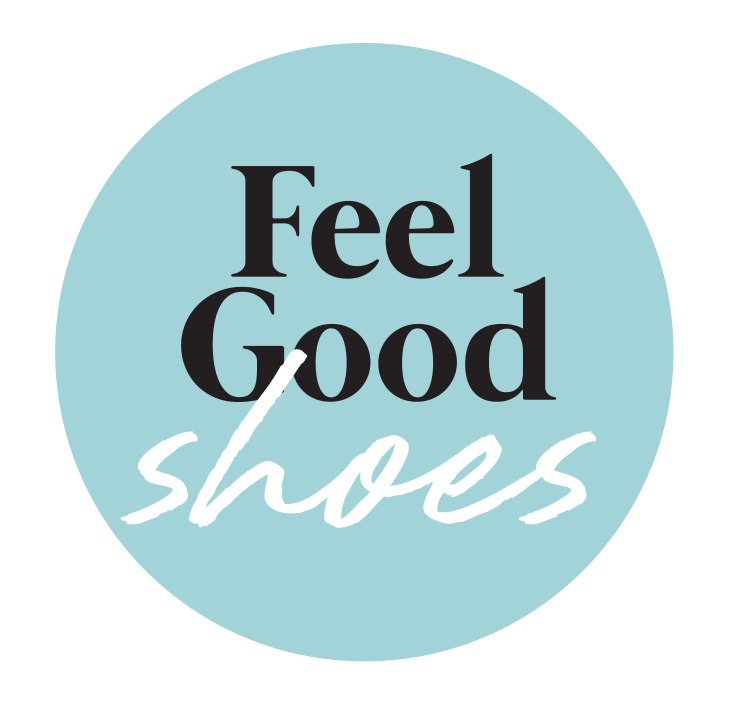When buying shoes for our children, it's often overlooked why we need them and what they're meant to safeguard. Our feet play a crucial role in a child's development. They enable them to learn to walk, run, climb, jump, and more.
What do children's feet look like?
The arch of the foot is a pivotal component, acting as a natural shock absorber that safeguards the foot. In the early stages of standing and walking, a child's foot lacks a defined arch, which typically forms around 3-5 years of age. That's why experts recommend allowing a child's foot relative freedom in their first year. Reflect on how frequently we inadvertently constrain a child's foot from a tender age - from socks and stockings to cotton shoes. As soon as they start to stand, we encase them in shoes with tightened laces, Velcro straps, or buckles. This constant containment begins shaping their feet as early as 1 year old.
As a child grows more active and spends more time on their feet, the arch naturally develops through the active engagement of the toes and the foot itself. If a child wears unsuitable shoes at this crucial stage, it can lead to flat feet. This happens when the arch fails to take shape, resulting in a fully functional yet flat foot.
However, distinguishing whether flat feet stem from an underdeveloped arch or the child's posture can be challenging. It's a common occurrence in children with weakened abdominal and back muscles, as poor posture fails to provide adequate support.
What's evident is that flat feet necessitate solid ground support, promoting correct muscle engagement. Research has confirmed that footwear plays a pivotal role in foot structure and development. Therefore, the essential question remains:
What should the right shoes look like?
Children's shoes should mirror the natural contours of the foot. They should feature a spacious, curved toe box, providing ample room for toe movement and ensuring the entire foot fits comfortably. Pointed or narrow shoes may lead to issues like hammer toes or skin problems - the most prevalent deformities associated with wearing small, ill-fitting footwear.
Check out a lot of our PROTETIKA products on mumzworld.com.

